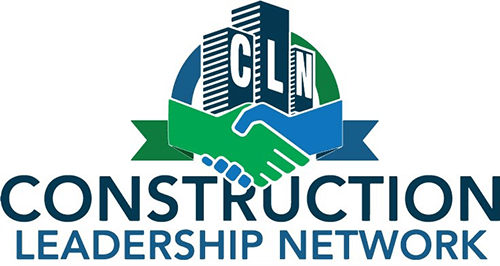
Don’t let the project pick you. In other words, don’t be tempted to take any project that comes along. Too many contractors scour the marketplace for any project they might be able to snag. They fashion a bid that they think will be competitive but often err on the low side. Then the project picks them. When it does, studies show that it might provide some needed cash flow and keep the organization busy for a time, but when all is said and done and a final accounting has been completed, most projects acquired in this traditional fashion make very little or no money. Contractors often survive for years skipping from one low-bid project to another until the capital erosion of low profits and minor losses eventually ends abruptly. They run out of cash and can’t make payroll or pay their subs.
During years of completing projects for sureties who had to step in when their contractor client could not finish their jobs–I found that most who failed were shocked by their sudden collapse. They had no idea they were in jeopardy and usually looked for someone to blame. However, the cause was always taking projects they had little chance of completing for a reasonable profit. They had never grown out of the startup contractors’ project selection criteria of letting the next available project pick them because they had submitted the lowest bid.
Where Risk Resides
The first step in acquiring and completing profitable construction projects is testing your company’s profit capacity in five functional areas.
- Size – Construction companies produce projects of varying sizes.
- Small projects – usually lead to high profit as a percentage of sales and some may be performed as a service for regular and valued clients.
- Midsize projects – generally earn reasonable profits as a percentage of sales, but the percentage is smaller than that of small jobs.
- Large projects – are high risk and earn less as a percentage of sales than midsize projects. Not every estimator in the firm can price them and, when they underperform or lose money, they have a significant impact on the company’s financial condition. Big is not always better.
- Type – Prior experience with the type of project is directly proportional to the likelihood of successfully proposing and delivering a project profitably, on time, and on budget. For example, if you’re good at building strip malls then decide to take on a complex treatment plant, your organization has no institutional experience to fall back on. In other words, you have contracted to deliver a service you have no proven expertise in delivering. Imprudent–definitely / Profitable–probably not.
- Location – Obviously, familiarity with the labor pool, material suppliers, subcontractors’ capability, and local inspector expectations increases a contractor’s likelihood of completing a project profitably.
- Teams – Experience is accumulated institutionally but is captured individually. The number of members on a project team with direct and relevant experience determines a project’s profit potential.
- Complexity of Design – If a project is unique, such as: has curved walls, windows, roofs, or any unique elements, it is outside the direct experience of most organizations and the risk of completing the project for a profit goes up considerably. The same is true for out-of-the-ordinary roads, bridges, industrial projects, and “one-off” projects.
Project Selection Program
The need for a process to screen-out taking losing projects to enhance profitability led to the development of the “Project Selection Program” that can be found in, The Secrets to Construction Business Success (Routledge-page 156). The five project profit risk factors above are weighted and placed in a numeric formula that provides a measure of each project’s profit potential for your company’s risk profile. In the testing phase, hundreds of contractors across the country ran the program on three of their completed projects, including two profitable projects and one project that lost money. These contractors confirmed that the tool was an accurate predictor of the potential profit or loss for each project.
Profit Starts with Project Selection
You pick the project. Don’t let the project pick you. Your company’s long-term success depends on always planning for and insisting on making a reasonable profit on every contract you sign. Too many construction professionals fear they cannot hold out for projects that fit their capabilities and are tempted to take any work they can get. Big mistake. Every project considered must fit your firm’s capabilities well and provide an even chance to make a reasonable profit.
Next week we will discuss the importance of estimating not “guestimating.” See you then.
For more information on project selection read more at: SELECTION
For a broader view Project Selection Tool, read more at: TOOL
To receive the free weekly Construction Messages, ask questions, or make comments contact me at research@simplarfoundation.org.
Please circulate this widely. It will benefit your constituents. This research is continuous and includes new information weekly as it becomes available. Thank you.


